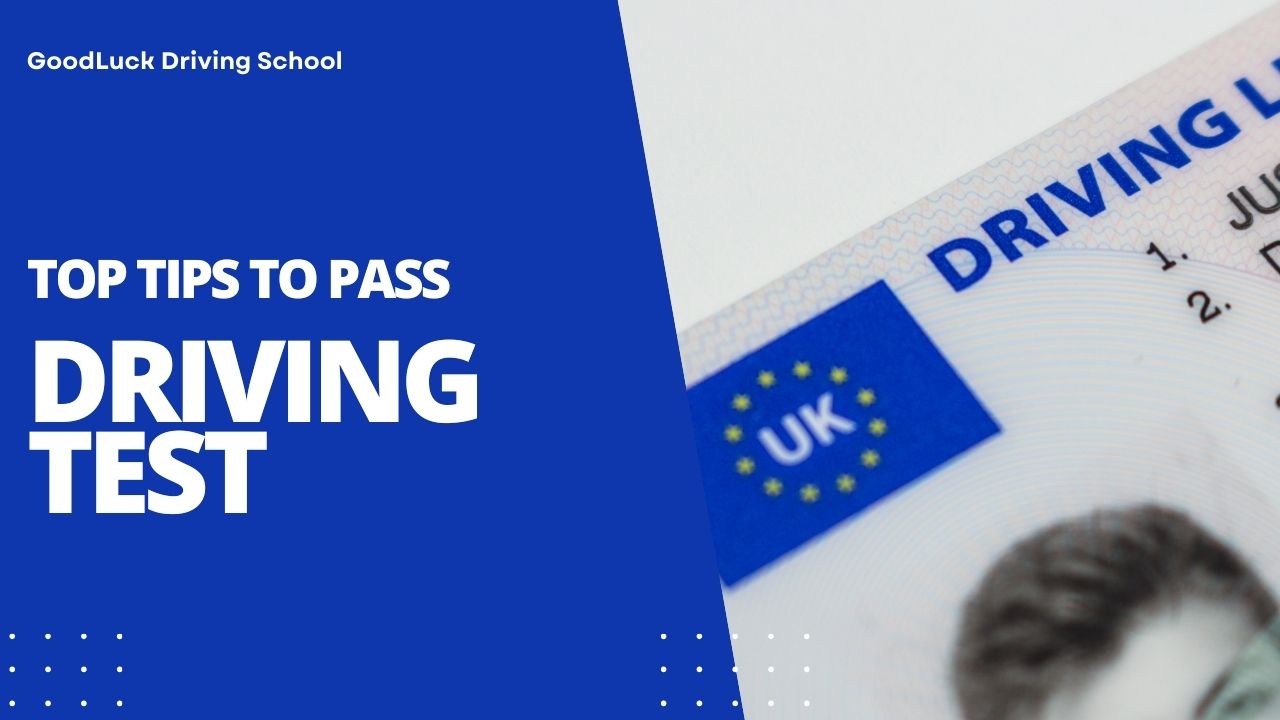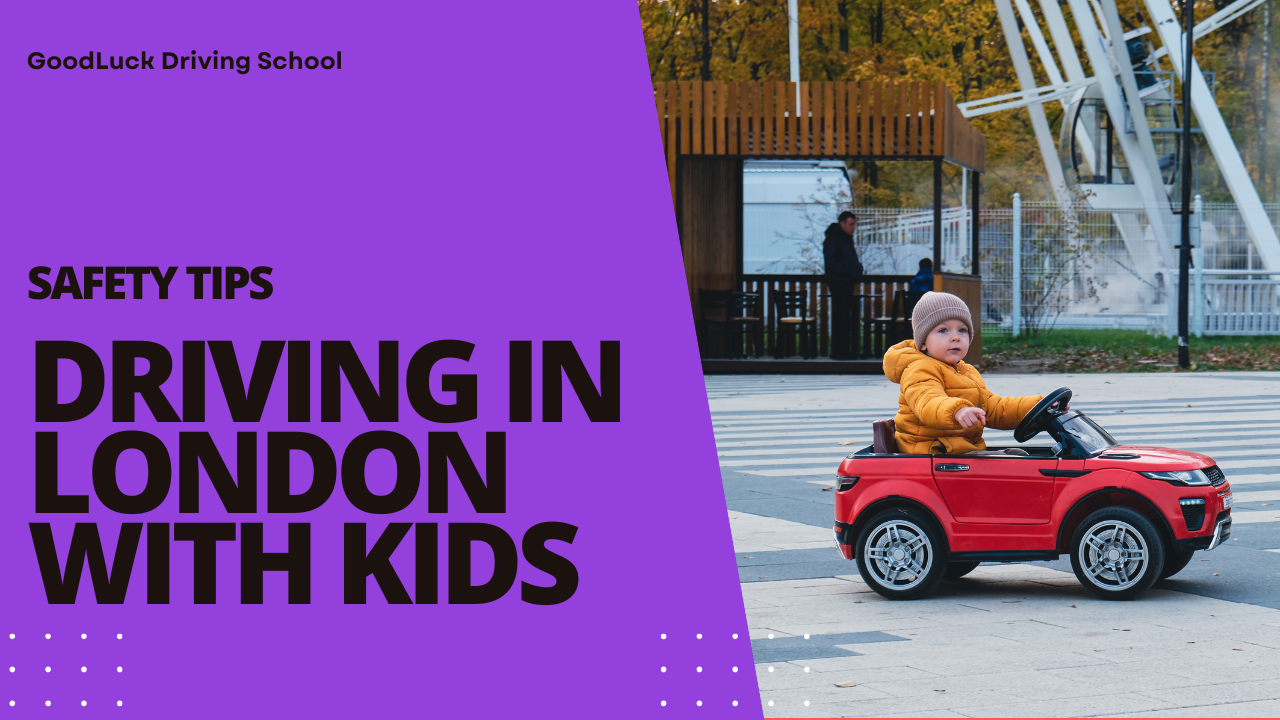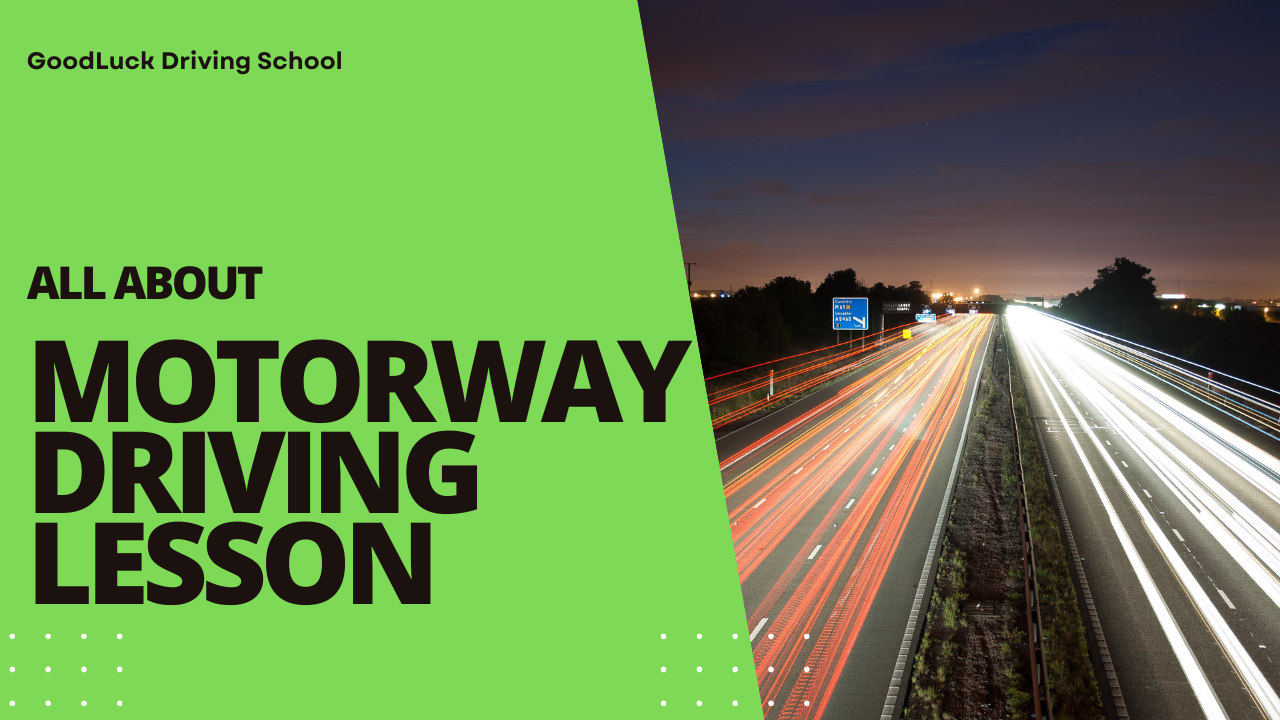
21 Tips on How to Pass Driving Test for Driving License
Are you feeling nervous about your driving test?
You are not alone!
The nervousness, the overthinking, the “what if I fail?” thoughts are common in everyone who will appear for a practical driving test. But don’t worry; here are our top practical driving test tips on how to pass driving test in first attempt.
- Check your mirrors: Mirrors are everything. Examiners appreciate it when you check them before changing lanes, turning or stopping. Make it a habit to overdo your mirror checks so they will notice.
- Do practice driving tests: The more practice exams you complete, the better. Become accustomed to testing routes, varying road conditions, and tight intersections.
- Keep Calm: Easier said than done, right? Take deep breaths, think positively, and remind yourself that mistakes may be fixed throughout the test.
- Monitor speed limits closely: Do not travel too quickly or too slowly. Pay attention to the signs and change your speed accordingly. Even going a little fast might be costly.
- Don’t rush: Rushing causes you to make mistakes, which you don’t want. Take your time, drive smoothly and steadily.
- Drive defensively: Always presume that other drivers may do something unexpected. Keep an eye on what’s going in front of and around you.
- Practice in all weather conditions: Rain, fog, sunshine—you must be prepared for anything. If you’ve only driven in great weather, poor conditions on test day may throw you off.
- Get a hint from your examiner: Examiners provide small cues. If they question, “Are you sure it’s safe?” you should double-check your surroundings before going.
- Use a familiar vehicle: If possible, take the exam in a car you’re used to driving. This can significantly improve handling and confidence.
- Approach and leave traffic lights cautiously: Do not speed past a yellow light. Also, avoid stopping suddenly unless absolutely required.
- Ask questions: If you do not understand an instruction, please ask! Examiners would prefer that you clarify rather than assume and make a mistake.
- Conduct a mock test: Ask your driving instructor to recreate an actual test scenario. This will help you adjust to the pressure and format.
- Carefully follow the test Instructions: Listen closely and do precisely what the examiner asks. Avoid making assumptions or rushing ahead.
- Maintain your distance: Tailgating is a significant fault. Always allow enough space between yourself and the automobile in front.
- Master the Basics: You should be quite familiar with clutch control, braking, and acceleration. Confidence in these fundamentals will allow you to stay focused.
- Practice regularly: Even brief practice sessions help. The more you drive, the more natural it will seem.
- Study Routes: Check out popular exam routes and practise them. Knowing the routes helps you relax during the day.
- Use your indicators: Tell other drivers what you’re doing. Signal in good time and cancel the indicator when completed
- Be aware of other drivers: Keep a watch on pedestrians, bicycles, and erratic drivers. Awareness is essential for safe driving.
- Brush up on road safety signals: Understand what all road signs and markings signify. They are there to help you, so make the most of it.
- Buckle Your Seatbelt: It sounds straightforward, but nerves might make you forget. Before starting the engine, make sure your seatbelt is securely fastened.
Most Common Driving Test Failures (Avoid These!)
- Not checking turns before moving.
- Responding incorrectly to traffic lights.
- Check mirrors and blind areas before driving to avoid unsafe driving.
- Stay in the proper lane to avoid poor road positioning.
- Reverse Parking Mistakes.
- Check for mirrors before turning or merging.
- To improve steering control, maintain a solid grip, and avoid excessive letting go.
- Avoid incorrect junction positioning and line up appropriately for turns.
- Maintain a safe distance while following someone too closely.
- When changing lanes, signal, check mirrors, and proceed safely.
- Check your car’s lights, tires, and brakes before the test to avoid failure.
- Be patient when climbing the curb.
Key Manoeuvres You Should Master
- Hill starts with Left Reverse: Find your biting spot, use handbrake control, and take it slowly. Always check your mirrors and take your time when reversing left.
- Emergency Stop: When the examiner shouts “STOP,” act immediately and safely. Keep both hands on the wheel and avoid slamming the brakes too forcefully.
- Parallel Parking: Learn step by step process on how to parallel park. If you make a mistake, make adjustments. The examiner favors a gradual, controlled park over a hasty one.
Conclusion
Stay calm, be prepared, and don’t be nervous. The examiner is there to see that how you drive.
FAQ
How to prepare for driving test?
To pass the driving test in UK, you need to:
- Learn the road rules: Understand all the traffic signs and regulations.
- Practice driving: Get comfortable with driving regularly.
- Stay calm and focused: Be relaxed and attentive during the test.
How many small errors are permitted in a driving test?
You can have up to 15 minor flaws.
How long does the driving test last?
The practical test lasts approximately 40 minutes.
Can I have the examiner repeat an instruction?
Yes! If you are doubtful, simply ask them to repeat it. They will not punish you for this.
What will happen if I fail my driving test?
You will receive a feedback document that explains what went wrong. You can schedule another exam after ten working days.
Should I take my driver’s test in my instructor’s vehicle?
Yes, as long as you’re comfortable with it. Otherwise, you may use your own vehicle if it passes test requirements.
What should I bring for my driving test?
Your provisional licence, theory test pass certificate and a car of your choice.
When are the busiest periods for driving tests?
7-9 AM and 4-6 PM are rush hours and should be avoided. Mid-morning and early afternoon are often preferred.
Does Good Luck Driving School provide simulated driving tests?
Yes! GoodLuck Driving School offers practice driving exams to assist you prepare. Practising under test situations can raise confidence and performance.
How can I schedule a driving test with Good Luck Driving School?
To book a session or mock exam, please go to our website or phone us. Our skilled teachers will help you prepare for the test.
What to take to the driving test?
For your driving test, make sure you bring the following:
- Your UK driving license
- Your theory test pass certificate (if you have one)
- A Car (most people use their driving instructor’s)
OR CALL US AT









